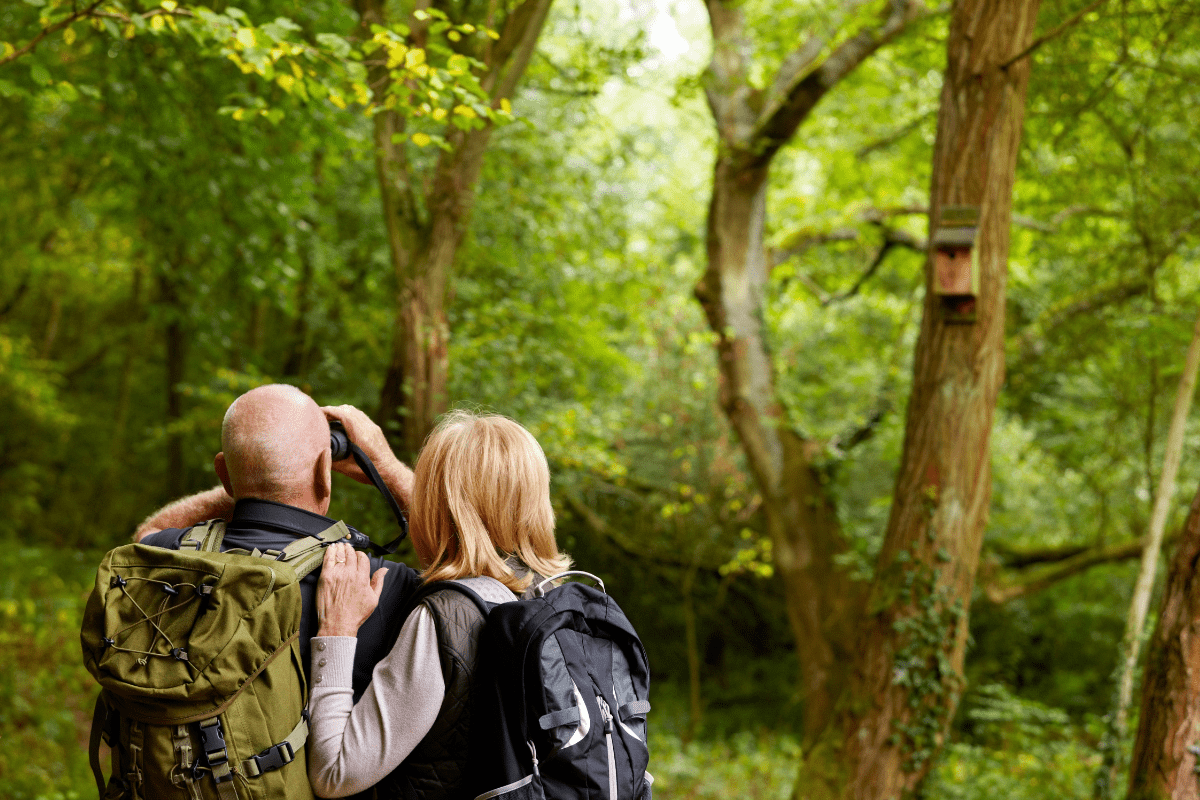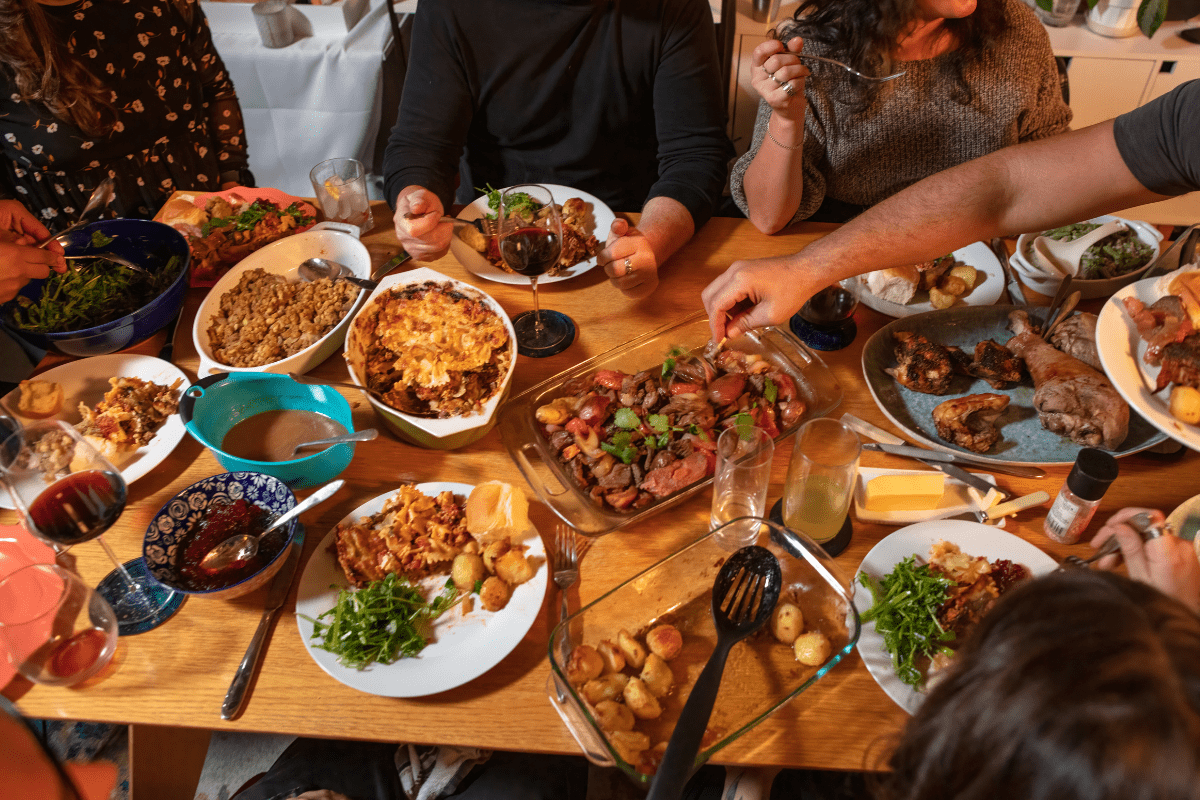Indiana quietly harbors some of America's most remarkable golf experiences, though you'd never know it from the tourist brochures. While everyone's fighting for tee times in Scottsdale or Myrtle Beach, savvy golfers have discovered that the Hoosier State delivers championship-caliber courses at prices that won't require a second mortgage.
The surprising golf powerhouse nobody talks about
Let me paint you a picture that might surprise you. Indiana boasts over 400 golf courses across 368 facilities, with 82% offering public access. That's more accessible golf per capita than most "golf destinations" you've heard of. The state generates $2 billion annually from golf, with tourism alone contributing $152.9 million through more than one million golf trips each year.
But here's what really matters: Indiana is where Pete Dye revolutionized golf course architecture. It's the only place on Earth where you can play courses designed by Dye, Donald Ross, and Tom Bendelow at a single resort. And unlike those bucket-list destinations where a hot dog costs $18, you can actually afford to play here multiple times without explaining to your spouse why the kids' college fund is suddenly lighter.
French Lick Resort leads the charge
Where legends converge in southern Indiana
French Lick Resort stands as Indiana's undisputed golf heavyweight, and for good reason. This isn't some manufactured golf resort that sprouted up last decade—it's a historic destination where champions have been crowned for over a century.
The resort's Pete Dye Course opened in 2009 and immediately announced itself as one of America's most challenging public tracks. We're talking 8,102 yards from the tips with a course rating of 80.0 and a slope of 148. For context, that slope rating means if you normally shoot 85, you'll probably card something closer to 95 here. And you'll love every frustrating minute of it.
The fascinating backstory? Dye literally sketched the original design on a napkin. Construction crews then moved 2.5 million cubic yards of earth to build it atop Indiana's highest elevation point. The result offers 40-mile panoramic views that made Colin Montgomerie predict it would become "one of the iconic courses in America" after winning the 2015 Senior PGA Championship there.
What you'll actually pay and play
Let's talk money because that's what separates dreamers from golfers with tee times. The Pete Dye Course runs $400-450 per round plus a mandatory $45 forecaddie fee. Yes, that's real money. But compared to Pebble Beach at $625 or Shadow Creek at $750, you're getting a similar caliber experience for hundreds less.
The course features Dye's signature volcano bunkers—those grass cylinder cones with sand craters that look like miniature volcanoes. The notorious 16th hole stretches 305 yards as a par 3 with water down the entire right side. Most of us have no business attempting to reach it in one, but we all try anyway because that's what golf does to rational human beings.
The timeless Donald Ross option
The resort's Donald Ross Course offers a completely different but equally compelling experience. Built in 1917 and meticulously restored in 2007 with a $5 million investment, this layout hosted Walter Hagen's victory at the 1924 PGA Championship.
At $150 during peak season and just $100 in shoulder months, it delivers exceptional value for a course ranked #2 in Indiana by Golfweek since 2011. The course maintains Ross's original design philosophy with 80 traditional flat-bottomed bunkers and greens so severely undulated that three-putts become a way of life.
Racing meets golf at the Brickyard
Twenty minutes from downtown Indianapolis, Brickyard Crossing delivers an experience you literally cannot find anywhere else. Pete Dye's 1993 design routes four holes (7-10) inside the Indianapolis Motor Speedway oval. Yes, you read that correctly—you're playing golf where racing legends have competed for over a century.
The infield holes showcase Dye at his creative peak:
- Hole 7: Par 3 with elevated green
- Hole 8: Boomerang-shaped with water
- Hole 9: Features 18 pot bunkers
- Hole 10: Waste bunkers and visual tricks
Green fees range from $100-210 including cart and GPS, with twilight rates dropping to $60 after 4 p.m. The course hosted LPGA Tour events from 2017-2019 and consistently ranks among Indiana's top 10. Where else can you bomb a drive while imagining the roar of IndyCar engines?
University courses that punch above their weight
Notre Dame's not-so-hidden gem
Warren Golf Course at Notre Dame represents everything right about university golf. This Bill Coore and Ben Crenshaw masterpiece hosted the 2019 U.S. Senior Open, immediately telling you this isn't your typical college track.
The 7,020-yard, par-71 links-style layout winds through 250 acres of natural woodlands. Coore and Crenshaw, the same duo behind Sand Hills and Streamsong Red, crafted something special here. Weekend green fees max out at $115 with cart—roughly what you'd pay for an average daily-fee course in most major cities, except this one ranks among America's top 25 college courses.
The catch? Public access remains limited, so book well in advance. Think of it as Indiana's version of Augusta National, minus the azaleas and impossible membership requirements.
Indiana University delivers modern excellence
Down in Bloomington, The Pfau Course at Indiana University makes a compelling case for the three-hour drive from Chicago. Steve Smyers' 2020 redesign created a 7,908-yard monster with nearly 150 bunkers. Golf Magazine ranked it #90 on their Top 100 Courses You Can Play list.
The tree-lined front nine plays like a completely different course from the wide-open back nine. Green fees top out at just $95—less than you'd spend on a decent steak dinner in most cities. For a course ranked 5th among America's best college courses by Golf Digest, that's borderline theft.
Following the Pete Dye trail
Indiana claims more Pete Dye courses than any other state—seven total—because the architectural legend called it home. His influence started at Crooked Stick Golf Club in Carmel, where Golf Digest says "Pete Dye became Pete Dye." While Crooked Stick remains private, several other Dye designs welcome public play.
The Fort delivers military precision
The Fort Golf Resort occupies the former Fort Benjamin Harrison military base, where Dye and Tim Liddy collaborated on 7,148 yards of tree-lined challenge. GolfPass ranked it the #1 course layout in Indiana in 2018, and weekend rates around $100 make it accessible to most budgets.
The course features dramatic elevation changes unusual for central Indiana. Former military buildings converted to hospitality use add historical character you won't find at your local muni. Plus, there's something oddly satisfying about launching drives where soldiers once drilled.
Northern surprises worth the drive
Blackthorn brings Ireland to Indiana
Blackthorn Golf Club in South Bend showcases what happens when Dr. Michael Hurdzan gets 226 acres of heavily wooded terrain to play with. The Irish-themed layout features 94 bunkers and the "Blarney Hole" warm-up area, though kissing it won't improve your swing.
Once ranked the #1 municipal course in Indiana and #44 nationally by Golfweek, Blackthorn transitioned to private status in 2015. But its influence on Indiana golf architecture remains profound, proving the state could support more than farmland courses.
Fort Wayne's heavyweight division
Sycamore Hills Golf Club represents Indiana's only Jack Nicklaus Signature Design to earn Golf Digest Top 100 recognition. The Golden Bear routed holes through mature sycamores along the Aboite River, creating the kind of course that makes you forget you're in Fort Wayne.
For public play, Chestnut Hills Golf Club offers Fuzzy Zoeller's design talents at around $32 for 18 holes. Yes, you read that correctly—a Masters champion's course design for less than a tank of gas. Sometimes Indiana golf values seem too good to be true, but they're real.
Hidden gems for the adventurous
Sultan's Run Golf Club near Jasper earned the #1 Golfers' Choice Public Course in Indiana for 2024 from GolfPass, and it's easy to see why. Tim Liddy designed this beauty on a historic horse farm, culminating with Indiana's most dramatic finishing hole—a waterfall cascading behind the 18th green.
Green fees of $65-80 deliver country club conditions at municipal prices. The course proves you don't need ocean views or mountain backdrops to create memorable golf. Sometimes rolling farmland, thoughtful design, and reasonable prices combine to create something special.
Ohio River options worth exploring
The Ohio River region offers several worthwhile stops for golfers venturing south:
- Belterra: Tom Fazio's only Indiana design
- Champions Pointe: Fuzzy Zoeller layout
- Covered Bridge: Another Zoeller creation
- Christmas Lake: Scenic and affordable
When to plan your Indiana golf invasion
Peak season strategies
Indiana golf reaches its zenith in May and September when moderate temperatures combine with firm, fast conditions. Spring (March-May) offers value pricing, though courses might play softer than ideal. Summer demands early morning or twilight tee times unless you enjoy sweating through polos like you're in a sauna.
Fall golf from September through November provides comfortable weather, stunning foliage, and reduced rates. French Lick's Donald Ross Course drops from $150 to $100 in off-peak months—a 33% discount for essentially the same course experience minus a few degrees on the thermometer.
Smart scheduling saves money
Morning tee times consistently deliver the best conditions year-round. Dew might slow early putts, but you'll avoid afternoon winds and crowds. Plus, there's something magical about walking fairways as the sun rises, coffee still warming your insides, with the whole day's possibilities ahead.
Getting there and getting around
Indianapolis International Airport serves as the primary gateway, sitting just 20 minutes from downtown courses. Chicago's O'Hare and Midway airports provide convenient access to northern Indiana, while Cincinnati's airport serves southern destinations like French Lick.
Indiana's interstate system makes road trips painless. I-65 runs north-south through the state, I-70 crosses east-west through Indianapolis, and I-69 connects Fort Wayne to Evansville. Most courses sit within a few hours' drive of Chicago, Cincinnati, Louisville, St. Louis, and Detroit.
Package deals that make sense
French Lick Resort offers comprehensive stay-and-play packages combining both championship courses with historic lodging. Great Indiana Golf Packages, operating for 25 years near the Michigan border, provides access to 11 courses with seasonal promotions.
Consider these package options:
- Fall unlimited golf deals
- Senior weekday packages (60+)
- Buddy trips with shared lodging
- Corporate group rates
The bottom line on Indiana golf
Here's what it really comes down to: Indiana delivers exceptional golf at prices that encourage playing more rounds rather than fewer. With 95% of public courses charging peak fees under $70, you can play six rounds here for what one costs at many destination resorts.
A long weekend itinerary might include both French Lick courses, a round at Sultan's Run, and a finale at IU's Pfau Course. That's four distinctive experiences from legendary architects for less than a single round at many bucket-list venues. Your golf buddies might not immediately understand why you're headed to Indiana, but they'll get it after shooting their first round.
Indiana's emergence as a legitimate golf destination reflects decades of architectural excellence meeting modern course management. From Pete Dye's revolutionary designs to Donald Ross classics, from unique speedway golf to hidden gems along rivers, Indiana rewards traveling golfers with memorable rounds at exceptional value. As Colin Montgomerie predicted, golfers worldwide are discovering what Hoosiers have long known—this overlooked state deserves a spot on every serious golfer's travel plans.





